QuestionI have a 1 1/2 year old male chocolate lab (fixed), his name is Raider. I am having trouble with him going to the bathroom in the house. During the day he is in a cage but when I am home he is out of the cage but follows me everywhere. At night I put up a baby gate so that he is only allowed in kitchen. I wake up to a mess. He use to have the living room at night but he started going potty and it is easier to clean vinyl floor than hardwood. He is starting to have issues with going outside alone. He also will not leave the cat alone. When people come over he jumps up on them. I love the lil guy and my roommate says I baby him. I am starting to hear "its me or the dog". I need to know how I can correct these misbehaviors in my Lab.
AnswerTake him out just before bed time and make him walk around. That will bring on a bowel movement that might come later. You my wan to look at feeding him earlier. You may also have to restrict his movement at night.
The best way is a crate. It is only natural that a puppy resists its crate at first. What the puppy wants more than anything else is to be others, you, anyone else in the household, and any other pets. In our modern society, even if we are home, other things distract us from the attention an uncrated puppy must have. The only real solution is to crate the dog when you aren't around. The dog may be happier in its den than loose in the house. It relaxes, it feels safe in its den. It rests, the body slows down reducing the need for water and relieving its self. Dogs that have been crated all along do very well. Many of them will rest in their crates even when the door is open. I think the plastic ones give the dog more of a safe, enclosed den feeling. Metal ones can be put in a corner or covered with something the dog can't pull in and chew. Select a crate just big enough for the full grown dog to stretch out in.
Leave it some toys. Perhaps a Kong filled with peanut butter. Don't leave anything in the crate the dog might chew up. It will do fine without even any bedding. You will come home to a safe dog and a house you can enjoy.
A dog that has not been crated since it was little, may take some work. Start out just putting its toys and treats in the crate. Praise it for going in. Feed it in the crate. This is also an easy way to maintain order at feeding time for more than one dog.
The "shut the puppy in a safe room" is a fallacy. Very few houses even have a safe room. How many of us have a room with a hard surfaced floor and nothing else? Most rooms have electrical cords to chew if nothing else. In addition to destroying anything a bored puppy finds to chew, it may choke or have intestinal blockage from the pieces. I had a friend that left her dog in a "safe" room. It ate a hole in the floor covering. The safe rooms fail to give the dog the comfort of the enclosed space their instinct requires. Nor do they restrict activity extending the time the dog can go without relieving itself.
Another alternative, which some older dogs adjust to better is a tie down, just a short length of chain fastened at one end and a snap at the other. Just choose a place he can't reach anything.
The cat is a tough one. It and the jumping will both go better if you are clearly the leader. The key to most behavior problems is approaching things using the dog's natural instincts. Dogs see all the people and dogs in the household as a pack with each having their own rank in the pack and a top dog. Life is much easier if the 2 legged pack members outrank the 4 legged ones. You can learn to play the role of top dog by reading some books or going to a good obedience class. A good obedience class or book is about you being top dog, not about rewarding standard commands with a treat. Start at http://www.dogsbestfriend.com/ For more on being top dog, see http://www.dogbreedinfo.com./topdogrules.htm
As soon as the dog starts to focus on the cat, give it a sharp ''Ah, ah, ah!'' and offer it a chew toy.
Consistently is very important in correcting jumping and other problems. That can be very difficult to get other people to do. Quickly correcting him each and every time he jumps on somebody is very important. He must never get the affection he wants. A number of things have been used. One of the most gentle is to grab his front paws and hold him up. The traditional knee to the chest or step on his paws are fading from use. As part of the the trend away from negative methods, just step backwards leaving his front feet to fall to the floor. After a few tries, the dog may just stand there looking confused.

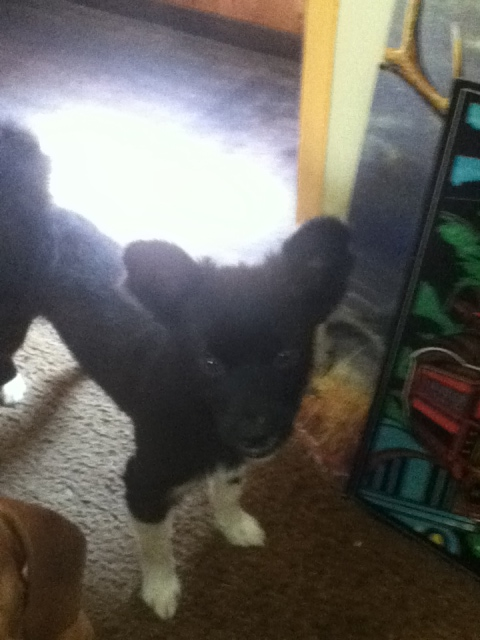 ideas of what breed dog this is?
Question
dog dog
i was wondering if anyone
ideas of what breed dog this is?
Question
dog dog
i was wondering if anyone
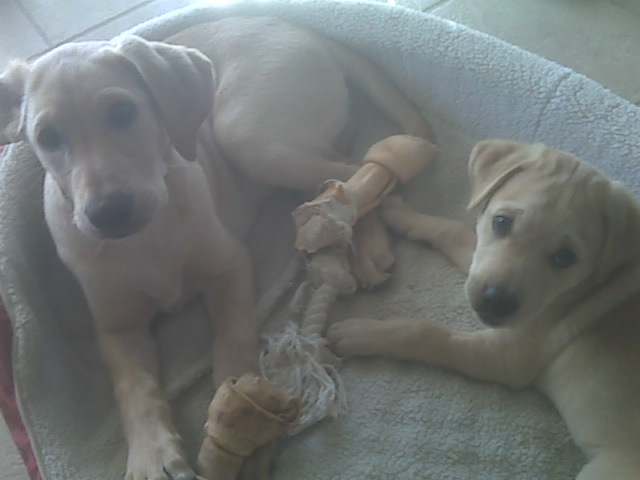 2 puppies one lab the other lab/shepherd mix
Question
Bailey ( female lab) a
I have a 3 1/2 month ol
2 puppies one lab the other lab/shepherd mix
Question
Bailey ( female lab) a
I have a 3 1/2 month ol
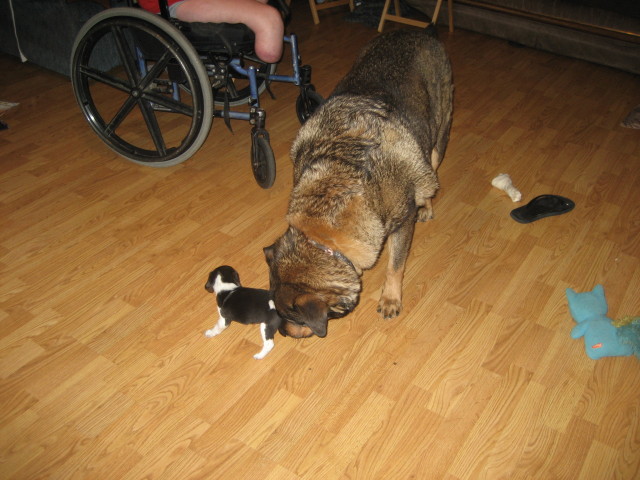 Getting a puppy and dog to get along
Question
RC and Kayleigh
Last Tuesday our dog for 14 ye
Getting a puppy and dog to get along
Question
RC and Kayleigh
Last Tuesday our dog for 14 ye
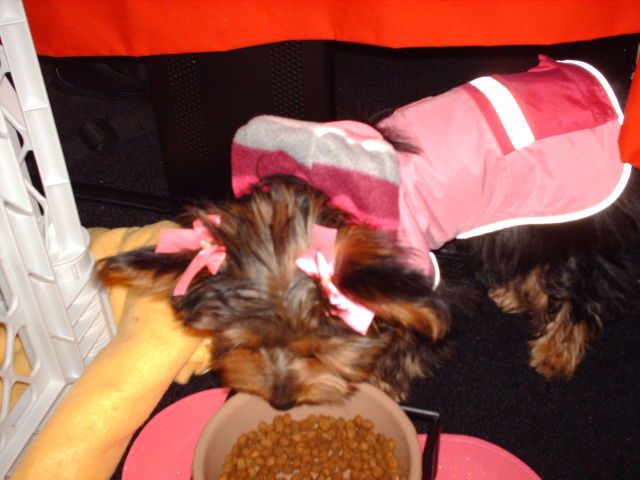 about babygirl my 14 week yorkie
Question
babygirl brooklyn
i do no whats going on with
about babygirl my 14 week yorkie
Question
babygirl brooklyn
i do no whats going on with
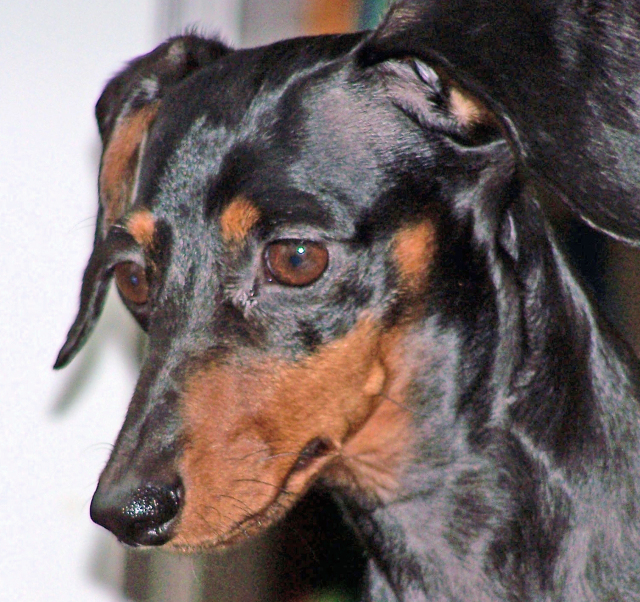 Mini-Daschund Question
Question
Baby
I got a rescus mini about 6 years ago. &n
Mini-Daschund Question
Question
Baby
I got a rescus mini about 6 years ago. &n